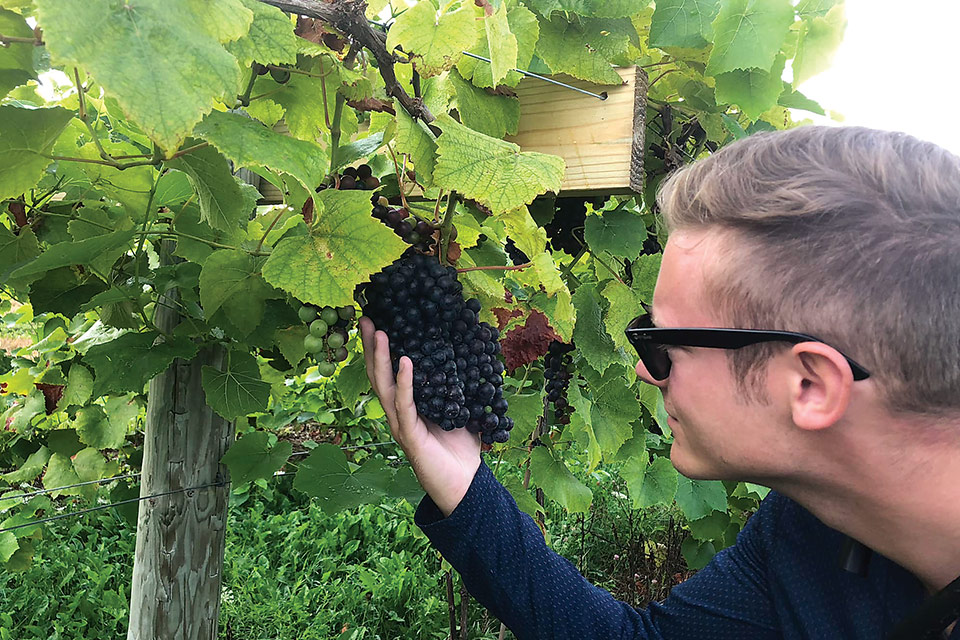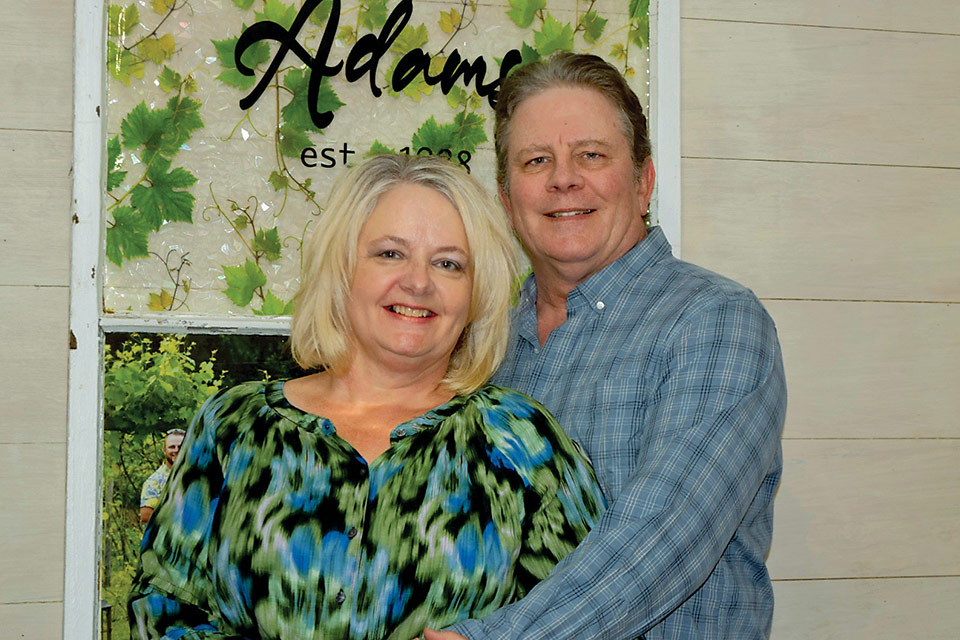Food + Drink
| Wineries
How Ohio’s Vineyard Expansion Assistance Program is Growing the Industry
The grants encourage new and existing Ohio vineyards to invest in planting high-quality vines instead of buying grapes from other states.
Related Articles

An Ohio Winery for Every Season
From shaded patio sips on a hot summer day to cozy fireside toasts on a snowy night, our state’s variety of wineries can help you soak up the spirit of every season. READ MORE >>

Go Behind the Bottle with 7 Ohio Winemakers
Meet families across Ohio’s seven distinct wine regions that are working to put our state’s wine scene on the map. READ MORE >>

Raise a Glass to a Good Cause at 3 Ohio Wineries
When you support a local business, the impact radiates into the surrounding community. That’s especially true at these wineries that pair wine with philanthropy. READ MORE >>





